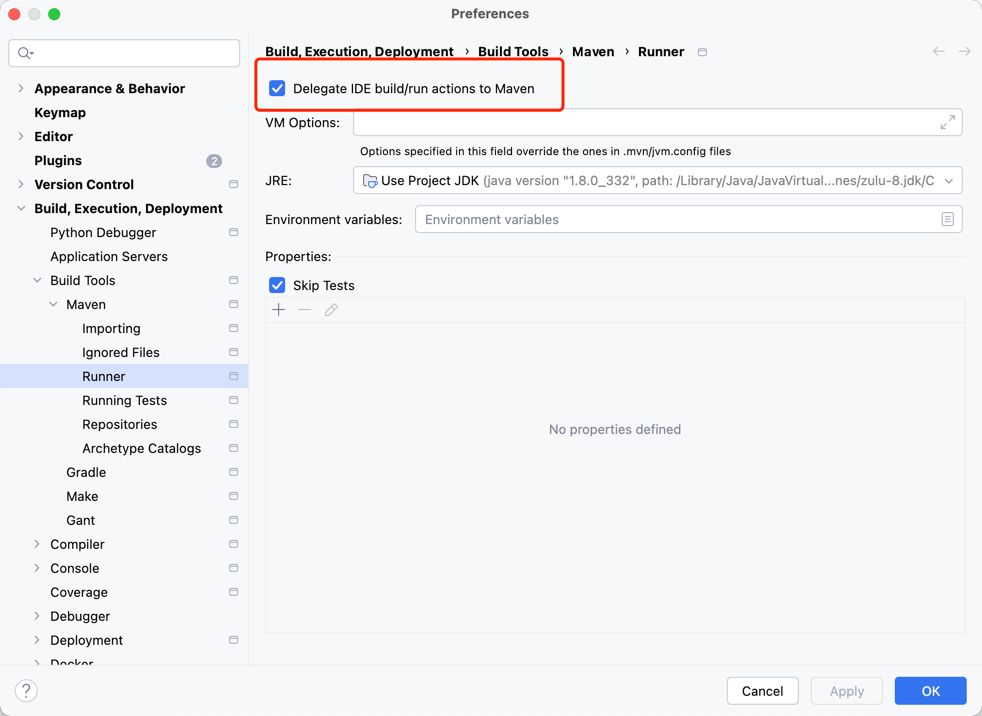快速入门
This content is not available in your language yet.
你是否想要快速构建一个高性能的 Web 应用?让我们一起用 Feat Cloud 来创建你的第一个 Web 服务吧!
什么是 Feat Cloud?
Section titled “什么是 Feat Cloud?”Feat Cloud 是一款专为企业级应用开发打造的现代化框架,它借鉴了 Spring Boot 的设计理念,但在性能和资源利用方面进行了深度优化。相比传统框架,它最大的亮点是在编译期就完成了大量的静态分析和优化工作,让你的应用在运行时拥有更高的性能和更低的资源消耗。
简单来说,如果你喜欢 Spring Boot 的开发体验,却又对性能有着更高要求,那么 Feat Cloud 就是为你准备的!
关于注解的设计理念
Section titled “关于注解的设计理念”传统框架如 Spring Boot 通过大量使用注解来提升开发效率,但这也会带来一些问题:
- 学习和理解成本高
- 注解隐藏了代码执行细节,不利于调试和问题排查
- 增加了运行时解析负担,影响性能
Feat Cloud 采用了一种更为克制和深思熟虑的设计理念。我们相信优秀的框架应在简洁性和功能性之间取得平衡,既要提供现代框架的便利性,又要保证代码的可读性和可理解性。
这种设计理念具体体现在以下几个核心原则上:
-
精简注解数量:我们只提供最核心、最必要的注解,避免功能冗余。每个注解都经过精心设计,有明确的目的和价值。
-
透明运行机制:注解背后的行为尽可能简单明了,避免隐藏复杂的运行时逻辑,让开发者能清楚了解每个注解的具体作用。
-
编译期优化:尽可能在编译期完成处理工作,减轻运行时负担。这不仅提升了应用性能,也降低了运行时出错的可能性。
-
代码即文档:通过良好的代码结构搭配少量精选注解,使代码本身就能清晰表达其功能和行为,开发者可以快速理解和维护代码。
我们在引入任何新注解时都非常谨慎,确保每个新增注解都能真正为开发者创造价值。这种设计理念帮助我们构建了一个既强大又简洁的框架,让开发者能够专注于业务逻辑实现,而非框架本身的复杂性。
准备工作:搭建开发环境
Section titled “准备工作:搭建开发环境”在开始编码之前,我们需要做一些准备工作。别担心,这些步骤都很简单!
第一步:创建 Maven 项目
Section titled “第一步:创建 Maven 项目”首先,让我们创建一个新的 Maven 项目。你可以使用你喜欢的 IDE(比如 IntelliJ IDEA)来创建,也可以手动创建目录结构。
创建好项目之后,我们需要在 pom.xml 文件中添加 Feat Cloud 的依赖:
<dependency> <groupId>tech.smartboot.feat</groupId> <artifactId>feat-cloud-starter</artifactId> <version>${feat.version}</version></dependency>第二步:配置 IntelliJ IDEA
Section titled “第二步:配置 IntelliJ IDEA”在较旧版本的 IntelliJ IDEA 中,为了让 Feat Cloud 的静态优化功能生效,可能需要调整 IDEA 的配置。
请按以下步骤操作:
- 打开 IDEA,进入
Preferences - 导航到
Build, Execution, Deployment -> Build Tools -> Maven -> Runner - 勾选
Delegate IDE build/run actions to Maven - 点击
OK保存配置

编写你的第一个应用
Section titled “编写你的第一个应用”万事俱备,让我们动手创建一个简单的 Web 应用吧!
在 src/main/java 目录下创建一个名为 Bootstrap.java 的文件,添加如下代码:
@Controllerpublic class Bootstrap {
@RequestMapping("/hello") public String helloWorld() { return "Hello, Feat Cloud!"; }
public static void main(String[] args) { FeatCloud.cloudServer().listen(); }}这段代码做了几件重要的事情:
@Controller注解标记了这是一个控制器类@RequestMapping("/hello")注解将/hello路径的请求映射到 helloWorld() 方法- main() 方法中通过
FeatCloud.cloudServer().listen()启动了 Web 服务
是不是很简单?Spring Boot 用户应该会觉得非常熟悉吧!
现在,点击 IDEA 中的运行按钮,或者使用快捷键运行 Bootstrap 类。
当看到控制台输出类似下面的信息时,说明你的应用已经成功启动了:
Feat Router: |-> /hello ==> Bootstrap@helloWorld ________ ________ _ _________|_ __ | |_ __ | / \ | _ _ | | |_ \_| | |_ \_| / _ \ |_/ | | \_| | _| | _| _ / ___ \ | | _| |_ _| |__/ | _/ / \ \_ _| |_|_____| |________| |____| |____| |_____| :: Feat :: (v1.4.0)Technical Support: - Document: https://smartboot.tech] - Github: https://github.com/smartboot/feat🎉Congratulations, the feat startup is successful. cost: 71mshttp://0.0.0.0:8080/这表示我们的服务已经在 8080 端口上运行了,其中 /hello 路径已经映射到了对应的处理方法。
打开你的浏览器,访问 http://localhost:8080/hello,你会看到页面上显示着:
Hello, Feat Cloud!
恭喜你!你已经成功创建并运行了第一个 Feat Cloud 应用!
Feat Cloud 是一个 商业友好 的开源项目,但企业用户需要获得授权才能在生产环境中使用。
🔐 Feat License 生成器
为 Feat 框架生成商业授权许可证
91110000123456789X 统一社会信用代码 github.com/smartboot/feat 仓库地址 20241201000001 自定义编号 不用担心,个人学习和测试使用是完全免费的!